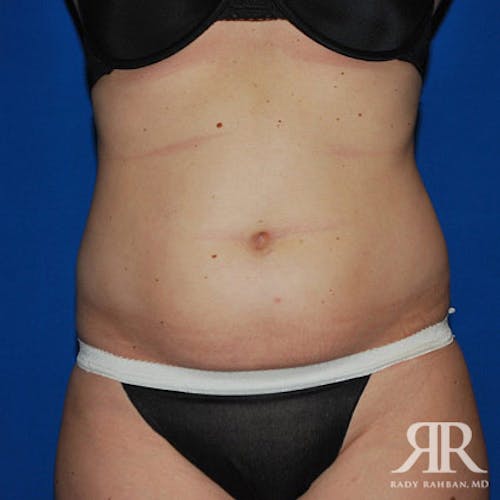Liposuction is an extremely common plastic surgery, sought after by men and women of all ages who want to remove stubborn pockets of fat that they’ve been unable to address through diet and exercise alone. And although it’s performed for countless individuals each year, there are some risks associated with the procedure. As a patient, it’s important to be aware of the complications that can occur, so you can take the steps necessary to protect yourself.
Loose skin is one of the most common side effects of liposuction. Once your unwanted fat has been removed, your skin may suddenly appear loose without its underlying support. The more fat removed, the looser your skin. If you have naturally elastic skin, then it may bounce back in time depending on how aggressive your surgeon is while removing fat. If not, then your skin will likely partially recoil and you will have a smaller silhouette with undesirable loose skin, exchanging one problem for another.
While there are new technologies on the market that can tighten skin while removing fat, this is limited and will not make up for aggressive liposuction. The most important factor is understanding your skin quality before surgery. Poor candidates are often people who have lost a lot of weight and have residual fat, which can actually be excess skin mistaken for fat, and then undergoing aggressive liposuction.
Additional poor candidates are women after childbirth. The stomach skin is no longer tight and does not do well after significant liposuction. Therefore, the most important factor is conservative liposuction taking in the quality of ones skin. Sometimes the solution is not liposuction but rather an excisional procedure like a tummy tuck. Your surgeon should guide you in determining what’s best for you.

















